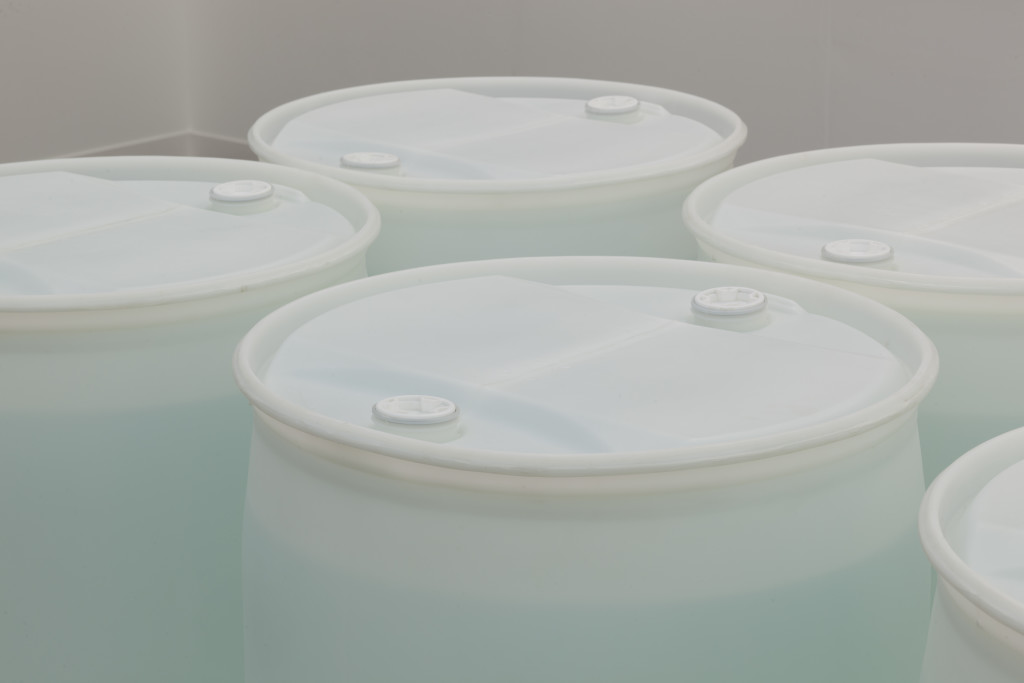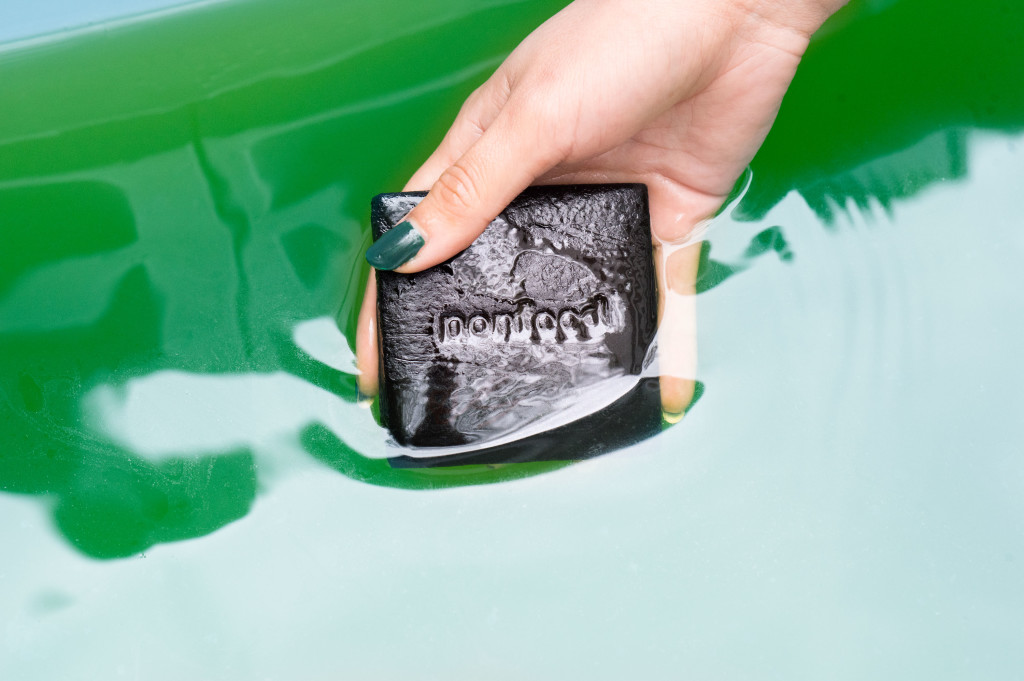Edible Arrangements: Nonfood // Food as Art and Product
by Joel Kuennen
Food, in aesthetic discourse, has its own apex in the culinary arts. The culinary arts are defined by the processing of raw food stuffs into consumable portions, which are in some way better, according to specific cultural and aesthetic norms. Processing can involve adding heat (cooking), removing heat (cooling), adding time (marinating, fermenting) and adding other materials (other foods). On a chemical level, a lot goes on within each of these processes, usually simultaneously, that we cannot really get into here. However, next time you cook, think of your meal as a scientific experiment. Change things a bit and take note: add or subtract other ingredients or spices, slow down your cooking time or speed it up and then slow it down. On a material level, humans are most familiar with food stuffs precisely because over generations, many sat there at the hearth, experimenting and observing. Cooks to alchemists, scientists to artists, food has tracked with revolutions in human thinking. Its abundance has sustained humanity’s ascendance.
Without food, there is famine.
Famine seems distant to well-off Americans. Within the imaginary of the last thirty years of American culture, famines have been relegated almost exclusively to the African continent. Darfur, Ethiopia, Somalia, images of distended bellies. This cultural imaginary plays on multiple racially charged levels, and allows for the othering and excising of a phenomenon that plagues the United States under the guise of “malnutrition.” According to a 2015 Journal of Nutrition study, 85% of Americans consume enough calories, but not the number of vitamins and minerals recommended by the US Food and Drug Administration.

Up until the 1970s, calamitous famines would claim ten million lives every decade. Over the last twenty-five years, the number of deaths has decreased to about 500,000 per decade. You may have heard of the Malthusian Trap, a popular theory established by Robert Malthus, which posited that population growth inevitably ends in famine as a control to stabilize the relationship between resource and consumer. Throughout history, this idea of nature being the moral arbiter of who lives and dies has been used to justify mass starvation, mostly within a colonial framework. Today, one could argue, it is being used to keep poor Americans malnourished without so much as a humanitarian sigh.
In his excellent book, Mass Starvation: The History and Future of Famine, Alex de Waal points out Malthus’ theory has been proven wrong over the past one hundred years, time and time again. It is not a lack of food that causes famine, but rather a poor management of resources that inevitably leads to starvation. Since the industrial era, Karl Marx’s maxim has held true, “the determinant of a population’s welfare is employment, not subsistence.” In other words, it is the arrangement of the means of consumption by those in power that has determined the survival of those without.
Certainly, the world population is propped up through technological facility—however, we also face a quiet crisis of malnutrition. The technological capacity to produce food stuffs with extremely stable shelf lives has also produced a glut of nutrition-poor food. In a very real sense, famine exists in America, it is just hidden. It is hidden by racial exclusion, by othering based on class, and by the shiny packaging of the modern food industry that fills bellies without sating the body.

For a sign of how far removed food has come from the known material people have cooked with for millennia, gander at the people convinced to eat detergent pods just because they looked like “food.” Pastiche Lumumba, a new-media artist who makes work based on memes, recently made edible Piña Colada gummies that resemble the laundry pods, thereby correcting the distortion in perception that energized this particular meme. Food is moving away from us, out of our hands and minds, becoming predicated by marketing and presentation. The cultural specificity of American culinary arts has created empty foodstuffs, simulacra so far removed from the original components of nutrition that detergent can be seen as edible.
Many (myself included) react to this trend of fake-real-food through heralding a necessary return to gardening and home cooking. However, with the continued specialization of labor, it is hard to see a radical return to the home garden. Instead, some artists are embracing the potential of consumer-driven change. Artist Sean Raspet, known for his work with scents and prior role as a flavor consultant at Soylent, along with Lucy Chinen, Dennis Oliver Schroer, and Mariliis Holm, launched Nonbar last fall, a food bar resembling a solid hunk of black matter. Stamped on one side is the word “NONFOOD.”
Nonfood as a product does a couple interesting things at once. Firstly, its reliance on algae as its main ingredient (in the first edition, it boasted 42% algae with future iterations expected to contain upwards of 56%), the least energetically expensive food stuff to produce, makes a direct comment on the unsustainable state of our industrial food supply chain. Secondly, its aesthetic presentation as a black bar, stamped with “nonfood” posits the material as inedible. In a sense, it positions the object in opposition to the glossy, market-savvy foodstuffs that fill people’s pantries by countering the aesthetic sensibilities that the modern food industry has cultivated. Instead of convincing us that something is food, nonfood questions what is.

Ultimately, Raspet says, “a successful outcome would be to change the food system. Our goal is not only to make nonfood a staple, but to make algae a staple.” To successfully change a system as broadly embedded as the modern food industry requires decentralized iterations, as well as adaptability and change from the consumer. Raspet is pragmatic: “We still have to work within the food system that exists in terms of the production of the bar, which happens at a food manufacturing facility. But looking to the distant future, we would hope for people to start producing the algae at home and producing their own algae-based foods.” Nonfood, as the artwork/venture evolves, would develop a system to do just that. Without this change, Raspet expects “a pretty dystopian collapse.”
Raspet is no stranger to the food sciences. His artwork, and indeed his recent exhibition, Receptor-Binding Variations, on view at Bridget Donahue Gallery in New York, involves scent molecules in one shape or form. The names of pieces as well as the didactic notes often consist of structural formulas that push one to remember their time in organic chemistry. The obtuse nature of these notes counters the universality of the artworks themselves. Receptor-Binding Variations presents a simple series of pressure-based diffusers that release a mix of 2–7 scent molecules. Sniffing a diffuser leaves one with a partial trace of something, though the scents themselves are incomplete as far as our familiar register can tell. Some have traces of cherry and pineapple—Raspet let on that this particular molecule combination shared the organizational structure of a molecule found in both fruits— but claim neither. Others, a component of moldering lettuce, a waft of pine, or maybe lemon? It is amazing how quickly the mind places these partial scents, finding some sort of categorization, even if they tick multiple and contradictory boxes.
Raspet’s larger practice speaks to an interest in food science literacy. As our sensibilities with regard to the aesthetics of food continue to be abstracted beyond the raw material, it is not difficult to imagine a 3-D printer, but for food. This may not mean a return to the hearth and home garden, but at least it re-centers what we eat, and how we eat, around our homes in the most efficient way possible. The hearth may be a refillable flavormolecule printer and the garden a glowing vat of algae, but with the control of our food systems close at hand, feast will be more likely than famine.
Receptor-Binding Variations was on view at Bridget Donahue Gallery in New York from March 9–April 22, 2018. Raspet will be included in KINSHIP: Celebrating 10 Years of Jessica Silverman Gallery in San Francisco this July.